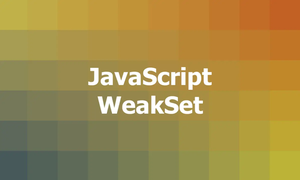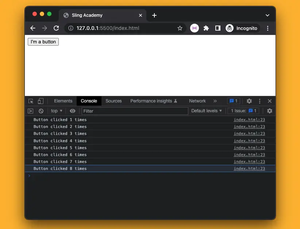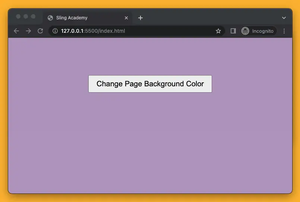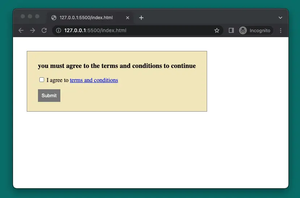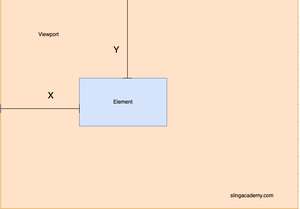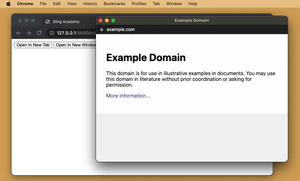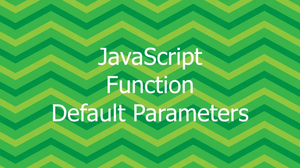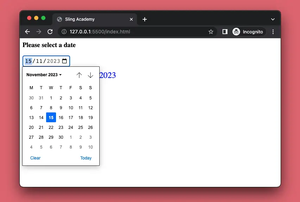The Web Animations API is a powerful tool that allows you to create smooth and complex animations natively in JavaScript without relying on CSS or JavaScript animation libraries. This article dives into the fundamentals of working with the Web Animations API to create engaging and performant animations on the web.
Getting Started with the Web Animations API
The Web Animations API provides a rich set of features for defining animations in JavaScript. It allows you to control the timing and playback of your animations with ease. To start using the Web Animations API, you first need to select an HTML element you wish to animate. Here's a simple example:
<div id="animateMe" style="width: 100px; height: 100px; background-color: red;></div>To animate this element, you can use JavaScript like this:
const element = document.getElementById('animateMe');
const animation = element.animate([
{ transform: 'translateX(0px)' },
{ transform: 'translateX(300px)' }
], {
duration: 1000, // Animation run time
iterations: Infinity // Repeat the animation indefinitely
});In the example above, we call the animate() method on a DOM element, passing it an array of keyframes and an options object. The keyframes array defines the start and end states of the animation, and the options object specifies the duration and number of iterations.
Control Timing with Keyframes
Keyframes are at the heart of the Web Animations API, defining how an element should change over time. Each keyframe can specify one or more CSS properties to be animated. Here's an example using scale and opacity:
const animation = element.animate([
{ transform: 'scale(1)', opacity: 1 },
{ transform: 'scale(1.5)', opacity: 0.5 }
], {
duration: 700,
iterations: 2
});As visible in the example, you can change multiple CSS properties in a single animation by defining them in each keyframe.
Specifying Timing Functions
You also have the ability to control easing or the rate of an animation's progression via the timing function. The Web Animations API supports a variety of easing functions:
const animation = element.animate([
{ transform: 'rotate(0deg)' },
{ transform: 'rotate(360deg)' }
], {
duration: 1500,
iterations: 1,
easing: 'ease-in-out' // Specify easing function
});In this code, the transformation goes from 0 to 360 degrees, and applies an easier start and end with a middle acceleration, determined by ease-in-out.
Control Animation Timing with Web Animations API
The Web Animations API provides several methods for controlling animations. You can play, pause, reverse, and stop animations without changing the keyframes or timing options. Here’s an example of how to pause and play an animation:
animation.pause(); // Pauses the animation
animation.play(); // Resumes the animationThe animation state can also be configured programmatically using the currentTime property to jump to different points in time:
animation.currentTime = 500; // Set to half of its durationFlexible Animation Control with Promises
The API supports promises that resolve when animations have finished, allowing for elegant event chaining without costly constraints on execution time.
animation.finished.then(() => {
console.log('Animation completed');
});Using these techniques, you can create complex animations that are not only fluid but also reactive to user inputs or environmental changes.
Conclusion
The Web Animations API is a robust, easy-to-use interface for adding interactivity and motion to your web applications. By leveraging this powerful API, developers can create high-quality animations without the overhead of additional libraries and keep their code clean and maintainable. Whether it's adding a simple transition or building an intricate animation sequence, the Web Animations API offers a suite of tools that can handle a wide range of animation use cases on the web.

